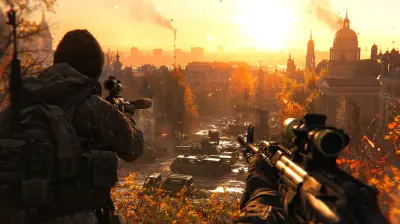Immersion and Perspective: How Third-Person Shooters Nail World-Building
28 June 2025
Let’s get one thing straight: when it comes to gaming, immersion isn’t just a fancy buzzword—it’s the very soul of the experience. You know that feeling when you're not just playing a game, but actually living in it? That, my friend, is immersion in full throttle. And third-person shooters? Oh boy, do they have a knack for reeling you in like a fish gobbling bait.
But how do they do it? Why is it that when I’m crouched behind a flaming barrel in Uncharted or sprinting across war-torn streets in The Division, I feel like I could almost smell the gunpowder?
Sit tight, because we’re diving deep into how third-person shooters masterfully blend perspective, storytelling, and visual design to build worlds you don’t just play in—you practically move into.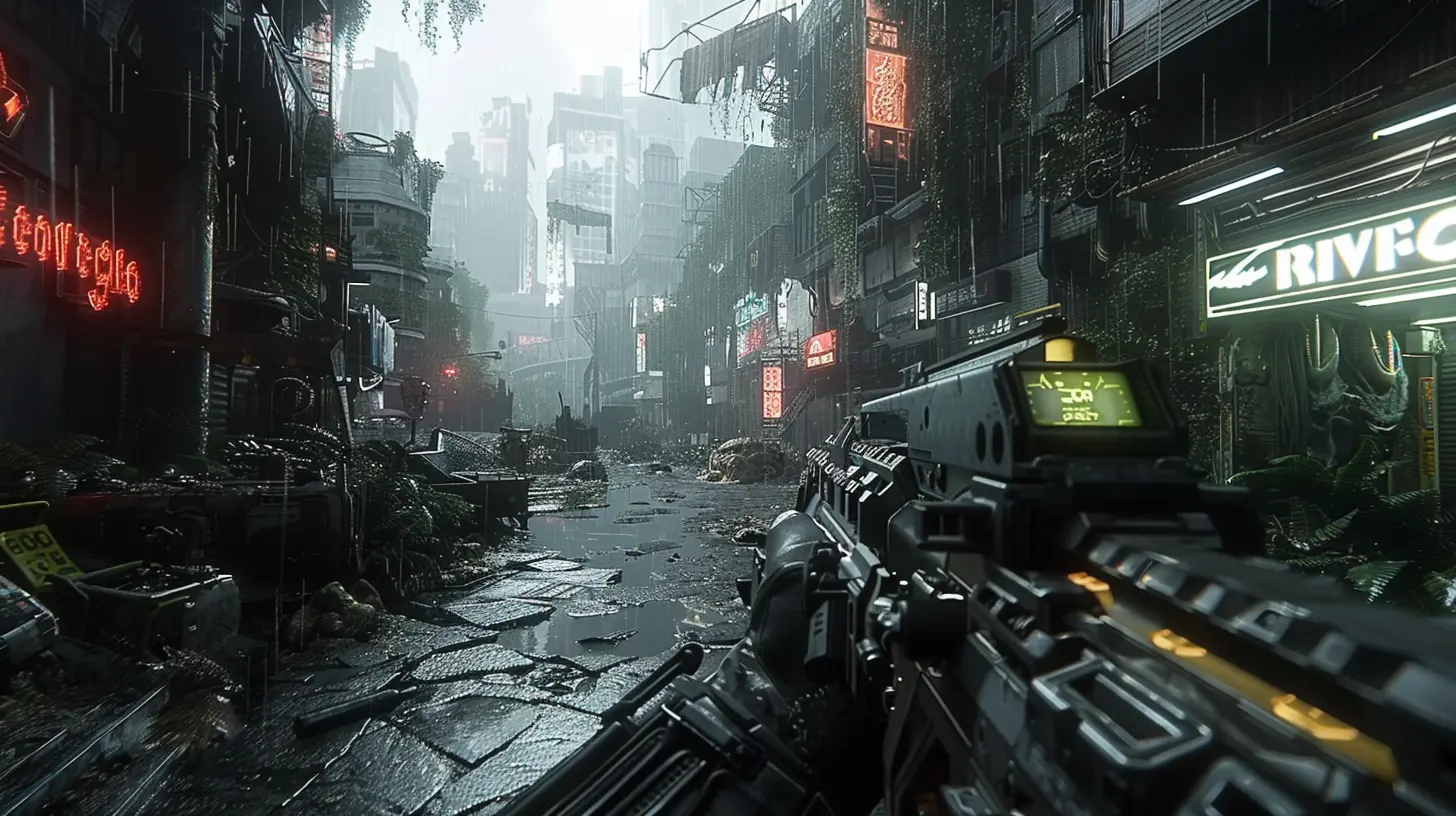
First Off, Why Third Person Hits Different
Let’s start with the basics. Unlike first-person shooters (hello, Call of Duty), third-person shooters give you a camera that hovers behind your character. You’re not seeing through their eyes—you’re watching them out in the world. You might think this would strip away immersion, but it actually does the opposite.Why? Because third-person view gives you the whole package.
You see your character react to explosions, duck behind cover, stumble from attacks, and straight-up take in the world around them. You’re not just in the story—you’re witnessing it unfold.
Kind of like watching a really good action movie, where you're yelling at the screen, but you also feel what the hero feels—all while enjoying a cinematic seat just behind the action.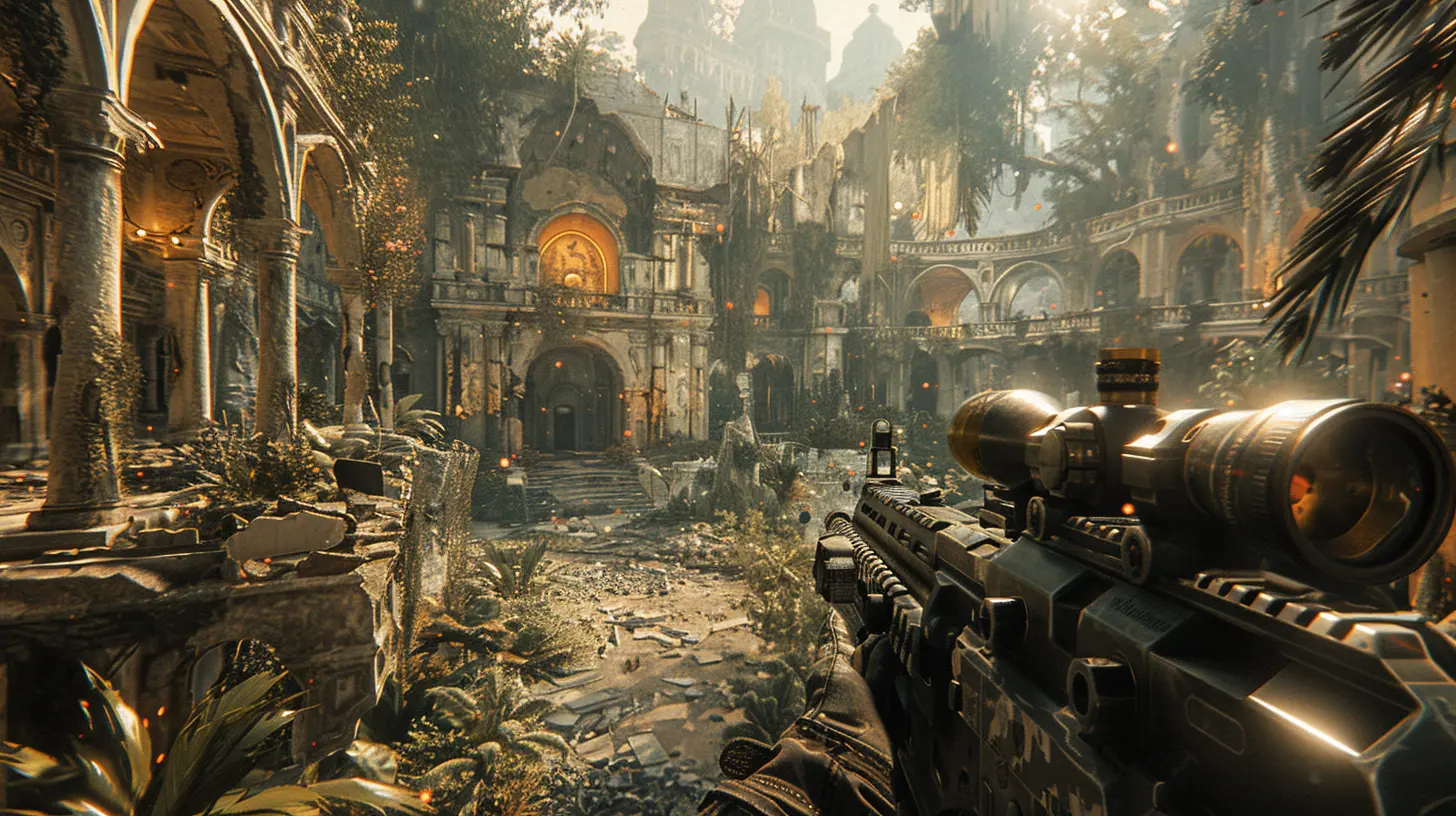
The Secret Sauce: Merging Camera Dynamics with Storytelling
Camera work in third-person shooters is like the director’s cut in a blockbuster film. Whether the camera swoops in for dramatic close-ups or swings to a wide angle to show the destruction around you, it adds a layer of emotional depth you wouldn’t get from a static first-person view.Ever noticed how games like The Last of Us or Ghost Recon slide the camera just a smidge to the side when the character hugs a wall or hides behind something? That’s not random—it’s intentional design to give you a tactical edge and to immerse you deeper into the world.
It’s perspective with a purpose... and it’s genius.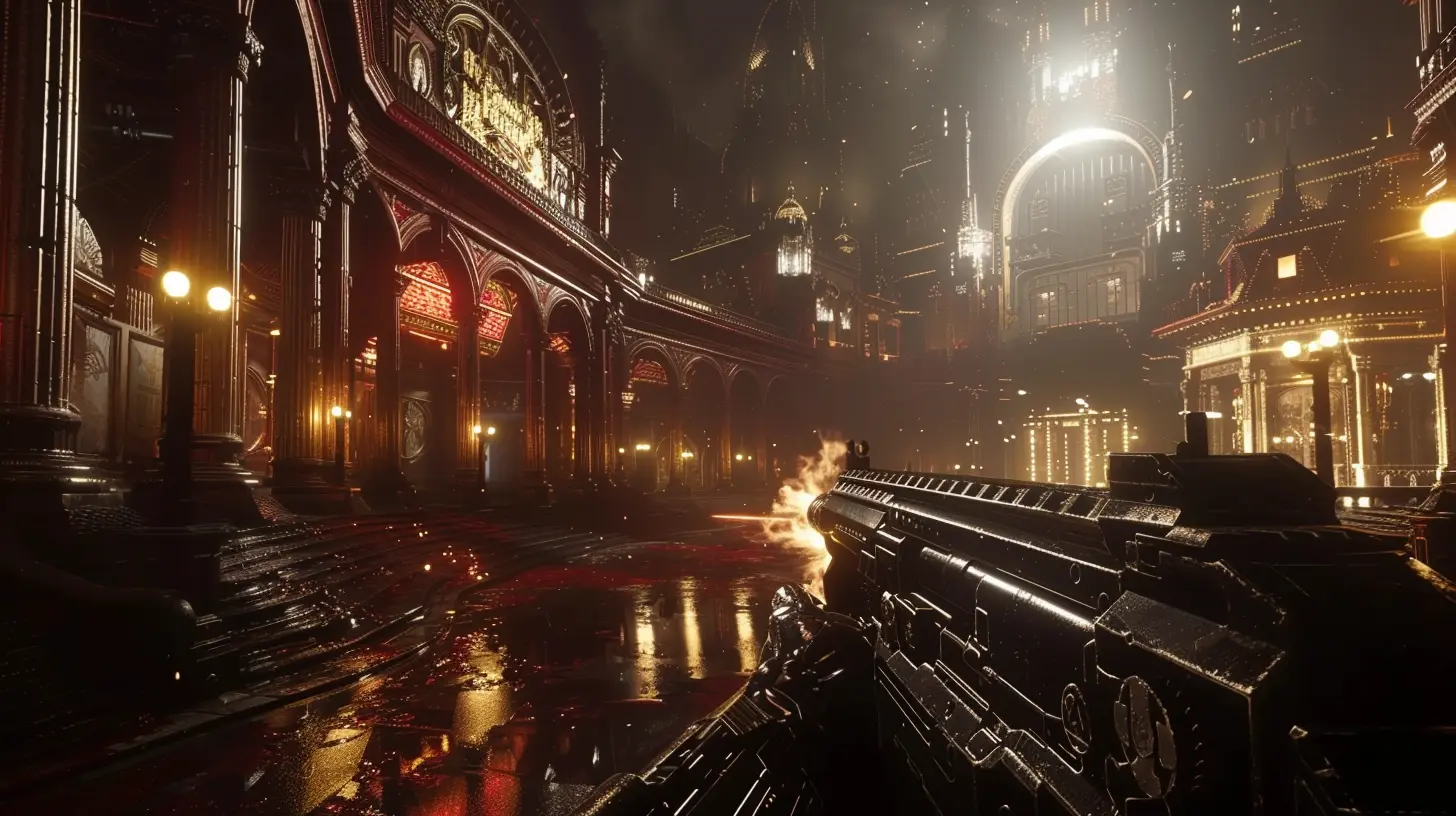
The Character Connection – Watching, Feeling, Caring
One of the best perks of third-person view? You actually get to see your character—and seeing is bonding.When you watch their expressions change, their body language react to the world, it humanizes them. That’s something first-person can struggle to pull off. You're not just a floating gun and a pair of hands—you’re a full-fledged character with personality, backstory, and emotional highs and lows.
This makes storytelling hit harder. Think about how Joel carries himself in The Last of Us, or how Max Payne’s silhouette staggers through a noir-soaked cityscape. It's not just what they do—it's how they carry themselves through the narrative.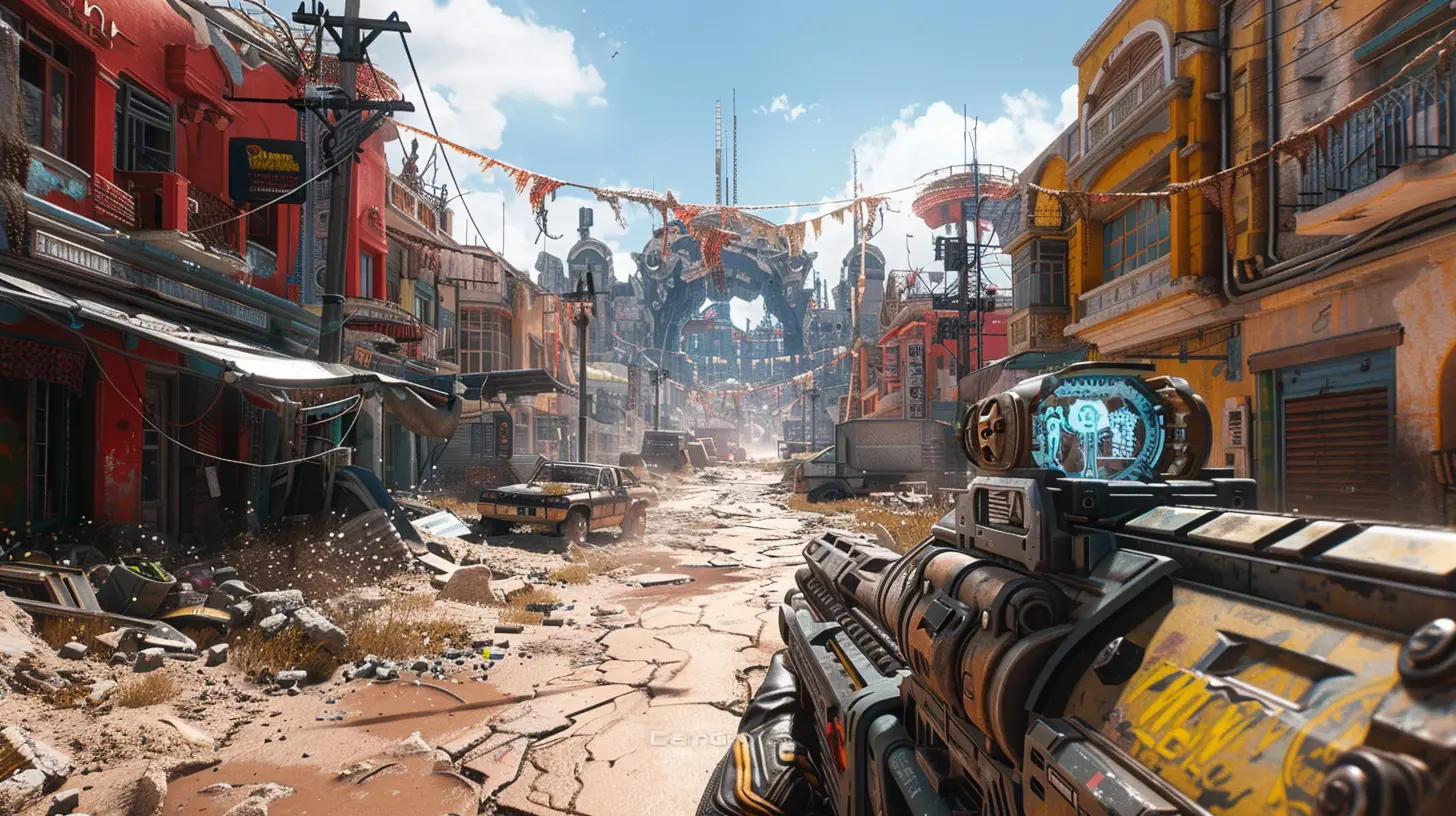
World-Building That Breathes – Details Beyond the Gunfight
Let’s be real: any game can throw in some shooty-shooty pew-pew mechanics and call it a day. But the best third-person shooters go way beyond that.They build worlds so rich, you’ll pause mid-mission just to soak in the sights (or snap a screenshot).
We're talking crumbling architecture, neon-lit back alleys, weather patterns, ambient conversations, and forgotten junk scattered across alleyways that whisper tales of a lived-in world. These details? They're everywhere. And you see them better, deeper, and more fully in third-person view.
Games like Control, Tomb Raider, and Red Dead Redemption 2 are masters at this sort of environmental storytelling. You'll learn just as much from a dusty journal tucked under a bloodstained bed as you will from a cutscene.
The Environmental Echo – Letting the World Tell its Own Story
One thing top-tier third-person shooters do so well is let the environment echo the story.In Gears of War, the ruins scream of a society ripped apart. In Spec Ops: The Line, the sand-choked Dubai skyline becomes both a battlefield and a narrative device. It's not just backdrop—it’s part of the message.
This kind of implicit storytelling thrives in third-person games. Because you can see your character interact with the world, those world cues have more impact. A destroyed statue isn’t just scenery—it’s a commentary. A blood trail leading to a locked door? That’s narrative gold waiting to be unearthed.
Let’s be honest—those little world hints feel like whispers from the developers going, “Hey, there’s more here if you’re paying attention.”
You vs. The World – That Spacious Perspective
Third-person view gives you space. Literal visibility.This means you can take in more of your surroundings, notice enemies flanking from behind, and appreciate the scope of the world. It’s like getting panoramic vision instead of tunnel vision.
And for world-building? This is huge. It lets developers invest in bigger, more detailed environments because they know the player will actually see them.
You're not just focusing on what's in front of your character—you’re soaking in the whole landscape. It’s the difference between walking through a neighborhood with blinders on versus strolling with 360-degree glasses that show every detail.
Cinematic Flair – Bringing Drama to the Gunfight
If third-person shooters were people, they’d be that friend who can’t tell a simple story without adding dramatic flair, voices, and full-on reenactments. And honestly? That’s the vibe we love.The camera angle lets these games go full Hollywood.
Slow-motion dives, dramatic over-the-shoulder shots, timed explosions that send your character flying—third-person gives devs a chance to go full Spielberg.
And here's the kicker: all that cinematic energy boosts immersion. You feel cooler because the game makes you look cooler. It's like the game is your personal hype man, making sure every move looks slick and intense.
Character Customization: Dressing the Part
Let’s not overlook how satisfying it is to customize your character and actually see them in action. Whether it's putting on tactical gear in The Division or choosing a trench coat that flaps ominously in the wind, third-person games let you show off your style.That visual identity becomes part of how you experience the world. You’re not just a player—you’re building your own legend within the game. And seeing your character reflected in puddles, mirrors, and cutscenes reinforces that connection. You are this badass operative, survivor, or space rebel.
Emotional Weight in Cutscenes and Gameplay
Third-person shooters are emotion machines.Because you see your character from the outside, you also see how they physically react to trauma, tension, and triumph. Good facial animations? Devastating. Shoulder slumps after a tough battle? Yeah, we’ve all been there.
Games like Mass Effect and Resident Evil crank this up to 11. You feel more empathy because the character's emotions are visual, not just implied. It gives the whole experience emotional gravity.
Level Design That Makes Sense
Ever notice how third-person titles often have more verticality in level design? That’s no accident.Game designers build levels knowing you’ll see more than what’s directly ahead. They get to craft puzzles, ambushes, and tactical situations that use elevation and depth.
Vertical gameplay is way more compelling when you can literally see the rooftop you’re aiming for or the drop you're about to fall into. It’s like being on an obstacle course, where each angle is designed to wow you.
The Intimate Distance – Being Close, But Not Too Close
Here’s a thought: third-person perspective gives you just the right emotional distance. You’re close enough to care, but separated just enough to maintain situational awareness.It’s like being the director and the actor at the same time. You control, you experience, and you watch. That layered approach to gameplay makes everything click just a bit more satisfyingly.
Quirky AI and Side Characters That Feel More Alive
Honestly, there’s something delightful about watching sidekicks or enemies interact with your character in third-person view.In games like Watch Dogs or Assassin’s Creed, NPCs respond not just to your actions but your appearance and movement. You bump into someone on a sidewalk? They react. You holster your weapon? They calm down.
All these little interactions feel more grounded because you're seeing them play out from the outside. It's like being a fly on the wall in your own action drama.
Final Thoughts: It’s More Than Just Over-the-Shoulder Shootin’
Third-person shooters aren't just about blasting baddies—they’re about building universes that suck you in and refuse to let go.It’s the camera work, the rich environments, the emotional characters, the cinematic flair, and the storytelling that sticks with you long after the final boss fight. Third-person perspective gives devs the tools to create sprawling, immersive worlds that feel alive.
And as players, we’re not just along for the ride—we're right there in the director’s chair, calling the shots, feeling the stakes, and connecting with the character on screen.
So the next time someone says immersion is just a first-person thing, hand them a controller loaded with a third-person shooter classic and say: “Sit down, son. You’re about to see what real immersion looks like.
all images in this post were generated using AI tools
Category:
Third Person ShooterAuthor:

Francesca West
Discussion
rate this article
2 comments
Lydia McCartney
This article brilliantly highlights how third-person shooters enhance immersion through rich world-building and unique perspectives, allowing players to feel deeply connected to the game’s environment and narrative.
October 13, 2025 at 4:20 PM

Francesca West
Thank you! I appreciate your insight on how third-person shooters create a more immersive experience through their rich storytelling and environments.
Zina McClain
Third-person shooters aren't just games; they're immersive worlds that demand our attention. They masterfully blend perspective and storytelling, pulling us into their universe. If you're not captivated, you're missing out!
July 3, 2025 at 4:40 AM

Francesca West
Thank you for your insightful comment! I completely agree—third-person shooters truly excel in creating immersive experiences that draw players into their narratives and worlds.
